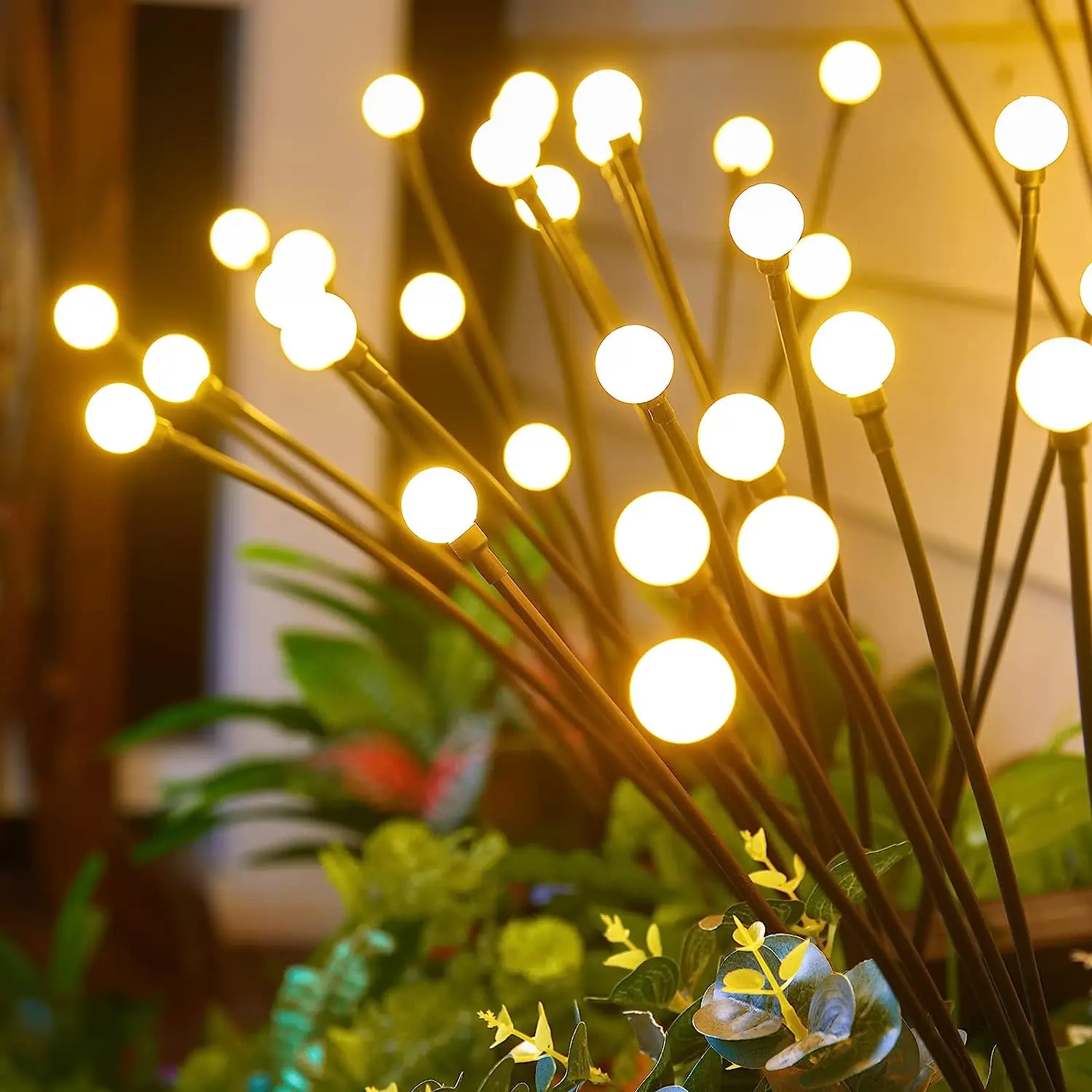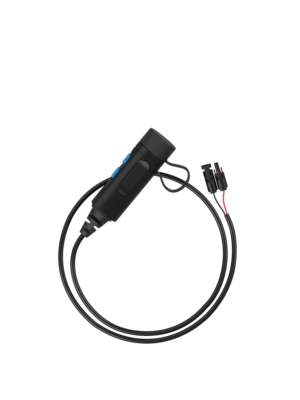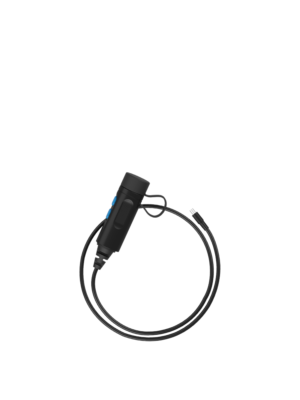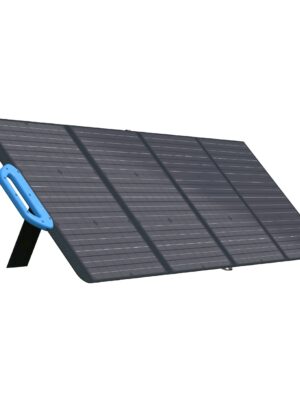Spider conversations decoded with the help of machine learning and contact microphones
Arachnids are born dancers. After millions of years of evolution, many species rely on fancy footwork to communicate everything from courtship rituals, to territorial disputes, to hunting strategies. Researchers usually observe these movements in lab settings using what are known as laser vibrometers. After aiming the tool’s light beam at a target, the vibrometer measures miniscule vibration frequencies and amplitudes emitted from the Doppler shift effect. Unfortunately, such systems’ cost and sensitivity often limit their field deployment.
To find a solution for this long-standing problem, a University of Nebraska-Lincoln PhD student recently combined an array of tiny, cheap contact microphones alongside a sound-processing machine learning program. Then, once packed up, he headed into the forests of north Mississippi to test out his new system.
Noori Choi’s results, recently published in Communications Biology, highlight a never-before-seen approach to collecting spiders’ extremely hard-to-detect movements across woodland substrates. Choi spent two sweltering summer months placing 25 microphones and pitfall traps across 1,000-square-foot sections of forest floor, then waited for the local wildlife to make its vibratory moves. In the end, Choi left the Magnolia State with 39,000 hours of data including over 17,000 series of vibrations.
[Related: Meet the first electric blue tarantula known to science.]
Not all those murmurings were the wolf spiders Choi wanted, of course. Forests are loud places filled with active insects, chatty birds, rustling tree branches, as well as the invasive sounds of human life like overhead plane engines. These sound waves are also absorbed into the ground as vibrations, and need to be sifted out from scientists’ arachnid targets.
“The vibroscape is a busier signaling space than we expected, because it includes both airborne and substrate-borne vibrations,” Choi said in a recent university profile.
In the past, this analysis process was a frustratingly tedious, manual endeavor that could severely limit research and dataset scopes. But instead of pouring over roughly 1,625 days’ worth of recordings, Choi designed a machine learning program capable of filtering out unwanted sounds while isolating the vibrations from three separate wolf spider species: Schizocosa stridulans, S. uetzi, and S. duplex.
Further analysis yielded fascinating new insights into arachnid behaviors, particularly an overlap of acoustic frequency, time, and signaling space between the S. stridulans and S. uetzi sibling species. Choi determined that both wolf spider variants usually restricted their signaling for when they were atop leaf litter, not pine debris. According to Choi, this implies that real estate is at a premium for the spiders.
“[They] may have limited options to choose from, because if they choose to signal in different places, on different substrates, they may just disrupt the whole communication and not achieve their goal, like attracting mates,” Choi, now a postdoctoral researcher at Germany’s Max Planck Institute of Animal Behavior, said on Monday.
What’s more, S. stridulans and S. uetzi appear to adapt their communication methods depending on how crowded they are at any given time, and who was crowding them. S. stridulans, for example, tended to lengthen their vibration-intense courtship dances when they detected nearby, same-species males. When they sensed nearby S. uetzi, however, they often varied their movements slightly to differentiate them from the other species, thus reducing potential courtship confusion.
In addition to opening up entirely new methods of observing arachnid behavior, Choi’s combination of contact microphones and machine learning analysis could also help others one day monitor an ecosystem’s overall health by keeping an ear on spider populations.
“Even though everyone agrees that arthropods are very important for ecosystem functioning… if they collapse, the whole community can collapse,” Choi said. “Nobody knows how to monitor changes in arthropods.”
Now, however, Choi’s new methodology could allow a non-invasive, accurate, and highly effective aid in staying atop spiders’ daily movements.
Please Support Our Sponsors
Solar Power Generator Discounts Along With Free Shipping
- 10% OFF for Jackery Solar Generator 2000 Pro Series with code "JADEAL"
- 10% OFF for Jackery SolarSaga 200W Solar Panel with code "JADEAL"
- 10% OFF for Jackery Solar Generator 1500 Series with code "JADEAL"
- 10% OFF for Jackery Solar Generator 1000 Series with code "JADEAL"
- 10% OFF for Jackery Explorer 1500 Portable Power Station with code "JADEAL"
- 10% OFF for Jackery Explorer 1000 Pro Portable Power Station with code "JADEAL"
- 10% OFF for Jackery Explorer 500 Pro Portable Power Station with code "JADEAL"
- 10% OFF for Jackery Explorer 300 Pro Portable Power Station with code "JADEAL"
- 10% OFF for Jackery SolarSaga 100W Solar Panel with code "JADEAL"

The University of Georgia is represented by the Georgia Bulldogs . The Bulldogs participate in the Southeastern Conference's (SEC) Eastern Division of the NCAA.
They play their home games in the storied Sanford Stadium in Athens, Georgia. The first season in Georgia was in 1892. In 1942, 1980, and 2021, the Georgia Bulldogs won three national championships.
The Georgia Bulldogs have additionally been crowned the National Champion in four additional seasons by at least one polling organization (1920, 1927, 1946 and 1968).
The Georgia Bulldogs are tied for second place in conference history with their 15 conference titles, including 13 SEC titles, and their 59 bowl appearances, which ranks second all-time.
In addition, the program has produced five top picks in the National Football League (NFL) draft, two Heisman Trophy winners, numerous winners of various national honors, and many others.

Longhorns football represents the University of Texas in Austin often known as Texas, UT or the Texas Longhorns. The Longhorns represent the Big 12 Conference in the NCAA Division. They play in Austin, Texas, at the Darrell K. Royal-Texas Memorial Stadium.
The Texas Longhorns are ranked third and seventh, respectively, in terms of all-time wins and win-loss records, with over 900 victories and an overall win-loss percentage of.705.
The legendary program also boasts four national titles, 32 conference titles, 100 First Team All-Americans, and two Heisman Trophy winners.
Get your Texas Longhorns Revival T-Shirt today. The Texas Longhorns Rustic Revival shirt is also a fan favorite.
Many college sports fans like to wear their gear all around town, get your Texas Longhorns Centered gear and show your support.




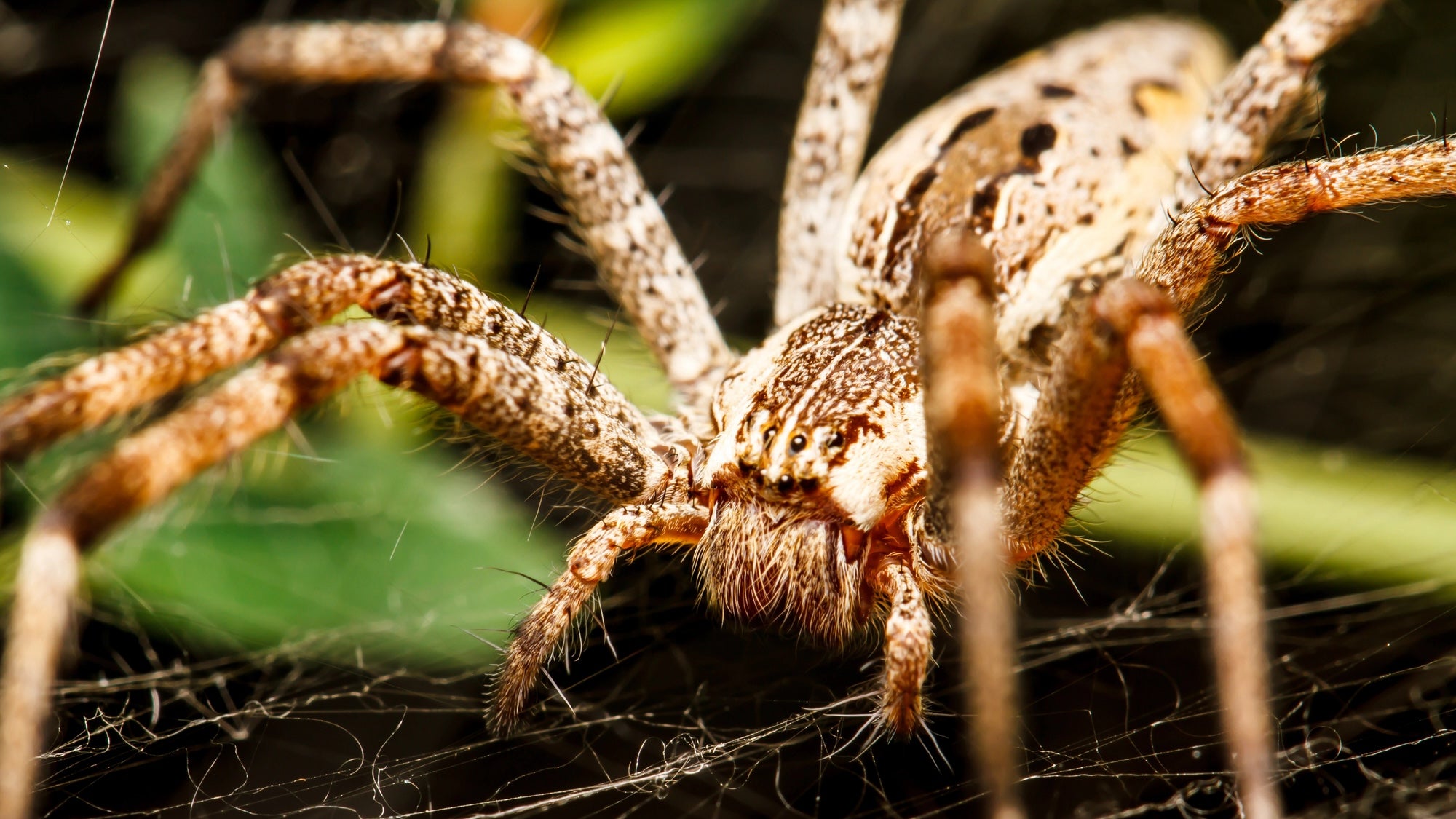
 Gettr
Gettr


